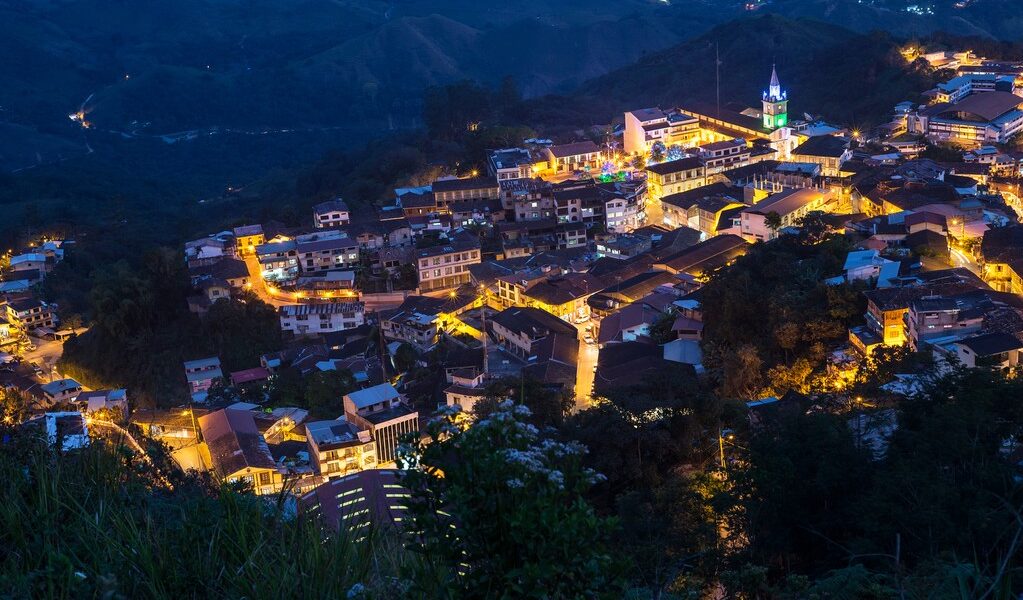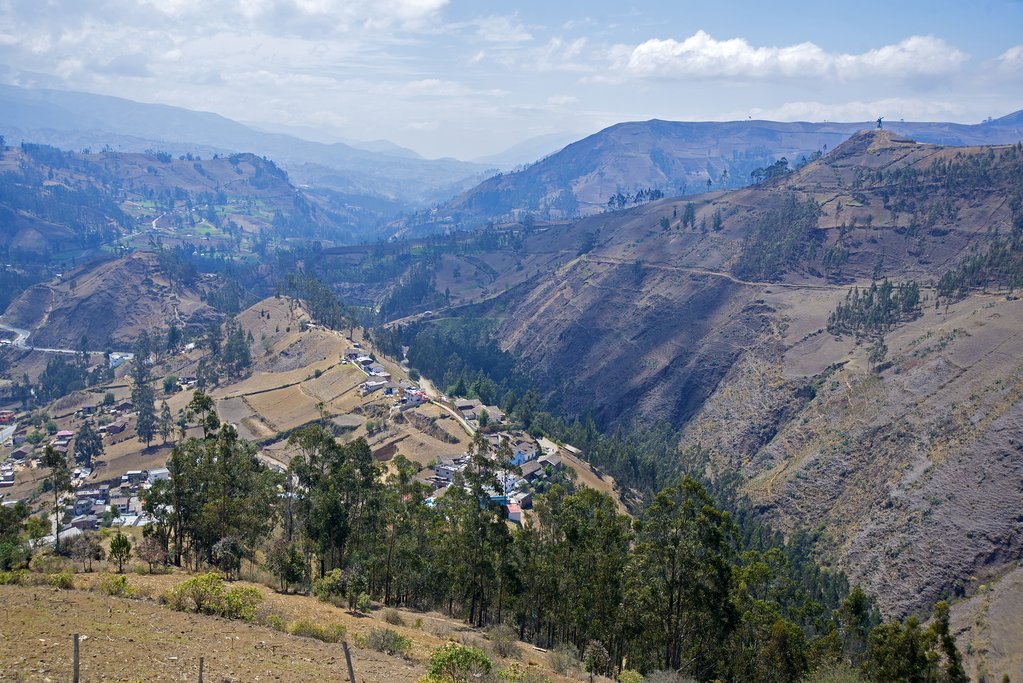
Even with the tourism boom in Ecuador, there are still plenty of enticing destinations that remain under the radar, offering travelers the chance to explore architectural gems, surf off gorgeous beaches, visit wildlife-rich reserves, and much more. Here are a few suggestions for escaping the crowds.
## Overview
Venturing beyond the typical tourist trails in Ecuador is surprisingly accessible. Several of the destinations highlighted below are conveniently reachable from well-known tourist hubs like Quito and Montañita, seamlessly integrating into pre-existing travel plans. Other locations might require longer journeys by bus or boat and necessitate careful planning. However, the unique experiences and authentic encounters gained from exploring these relatively untouched places more than compensate for any logistical challenges. If you possess a spirit of adventure and a thirst for discovery, you are certain to be rewarded with unforgettable memories. Discover the hidden gems that Ecuador has to offer, and prepare to be amazed by its unspoiled beauty and cultural richness.
## Admire the architecture in Zaruma
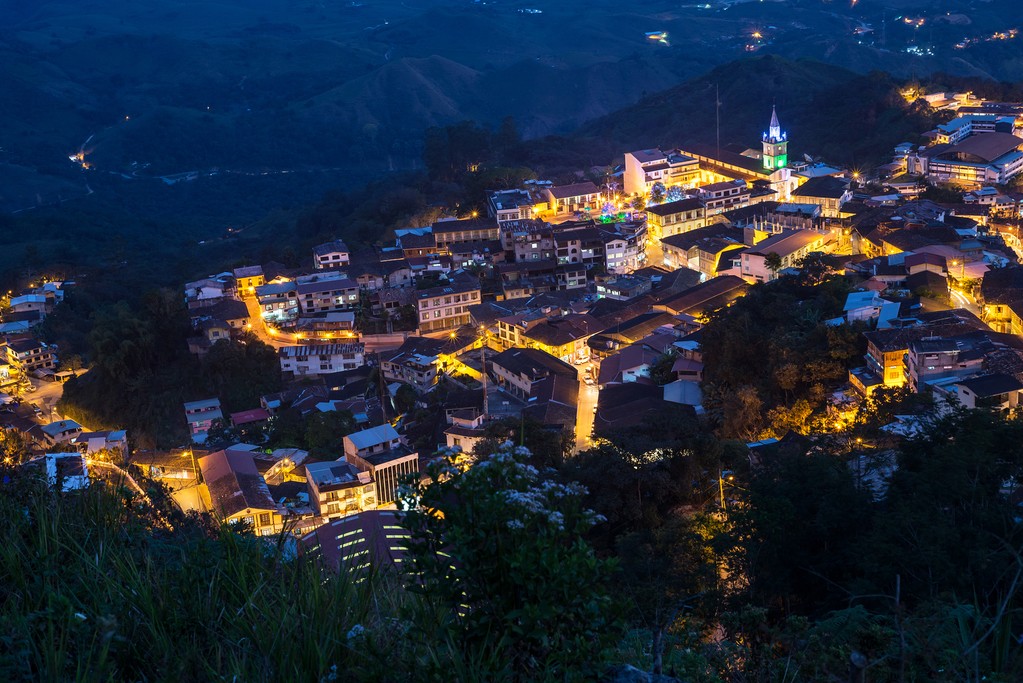
Nestled upon a picturesque hillside in southwestern Ecuador, Zaruma stands as one of the nation’s most visually appealing towns, yet it remains largely undiscovered by mainstream tourism. Established in 1549, Zaruma flourished throughout the colonial era, primarily due to the abundance of gold mines that dotted the surrounding landscape. The town’s historical significance is palpable, and its charm is undeniable.
Today, the captivating town center showcases impressive architecture from the late 19th and early 20th centuries. This architectural boom was fueled by a resurgence in gold mining during the 1880s. To delve into Zaruma’s rich mining history, a visit to the Mina de Sexmo Museum is highly recommended. However, the most immersive way to truly appreciate Zaruma is simply to wander through its charming backstreets, admiring the vibrantly colored houses, the beautifully crafted wooden churches, and the labyrinthine network of narrow, winding lanes. Allow yourself to get lost in the town’s unique atmosphere and discover the hidden treasures that await around every corner. Take your time to soak in the history and appreciate the cultural heritage that Zaruma has preserved so well.
## Scuba-dive with sharks in the Galápagos
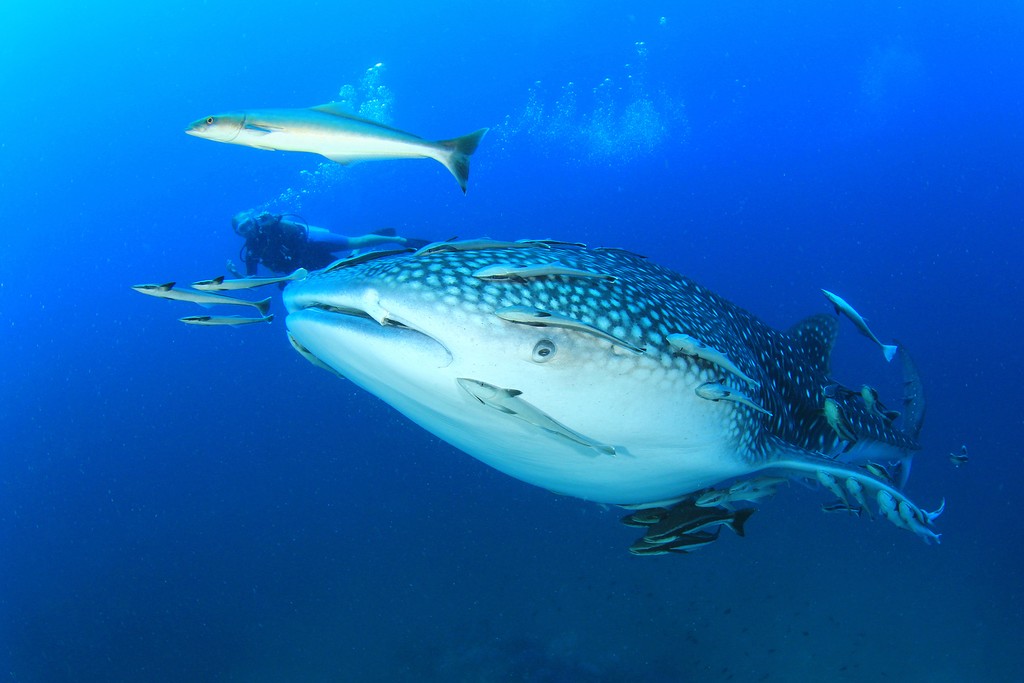
The Galápagos Islands are undeniably one of Ecuador’s premier tourist destinations, drawing visitors from across the globe with their unique wildlife and stunning landscapes. However, even within this popular archipelago, it is still possible to escape the crowds and discover secluded corners of paradise. Situated in the far northwest of the Galápagos, you’ll find the remote and sparsely visited islands of Darwin and Wolf. While landing on these islands is prohibited to protect their delicate ecosystems, the surrounding waters offer an unparalleled opportunity for exploration – especially for experienced scuba divers.
These world-renowned dive sites are teeming with marine life, offering encounters with majestic turtles, graceful manta rays, and various species of sharks, including hammerheads and the endemic Galápagos sharks. But the true highlight of diving in this area is the chance to encounter whale sharks, the ocean’s gentle giants and the largest fish on Earth, weighing in at an astonishing 21 tonnes (46,000 lb). These magnificent creatures migrate through the region between June and November, and the experience of swimming alongside them is nothing short of mesmerizing. It’s a humbling reminder of the incredible biodiversity that the Galápagos Islands have to offer, a truly unforgettable experience. Prepare to be awestruck by the sheer size and grace of these gentle giants.
## Hit the beach at Olon and Salango
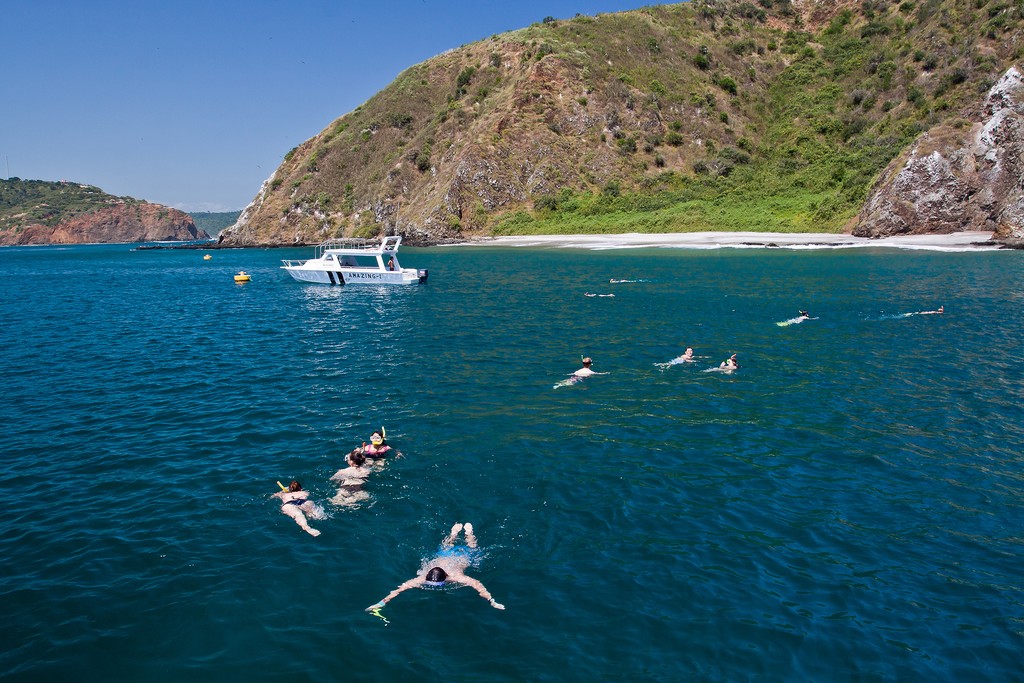
The Ruta del Spondylus, a scenic coastal route stretching approximately 87 miles (140 km) along the southern coast of Ecuador, is renowned for its collection of stunning beaches. While resort towns such as Montañita are popular destinations for surfers and backpackers seeking lively atmospheres, those eager to avoid the bustling crowds can find respite in the tranquil villages of Olon and Salango. These two relatively undeveloped destinations offer fabulous beaches and a more authentic Ecuadorian coastal experience.
Olon is a serene village characterized by its peaceful ambiance and gentle waves, making it an ideal spot for novice surfers to hone their skills. Salango, slightly larger in size, offers a blend of natural beauty and cultural attractions. Here, you can visit a fascinating archeological museum that showcases the region’s rich history, climb the hill overlooking the town for breathtaking panoramic views, or embark on a boat trip to a nearby islet, also named Salango. The coral reefs surrounding the islet provide a haven for snorkelers, teeming with vibrant marine life and offering a captivating underwater experience. Discover the charm of these coastal villages, where you can relax on pristine beaches, immerse yourself in local culture, and enjoy the natural beauty of Ecuador’s coastline. The slower pace of life here allows for a truly rejuvenating escape.
## Look for fossils and spot birds in the Puyango Petrified Forest
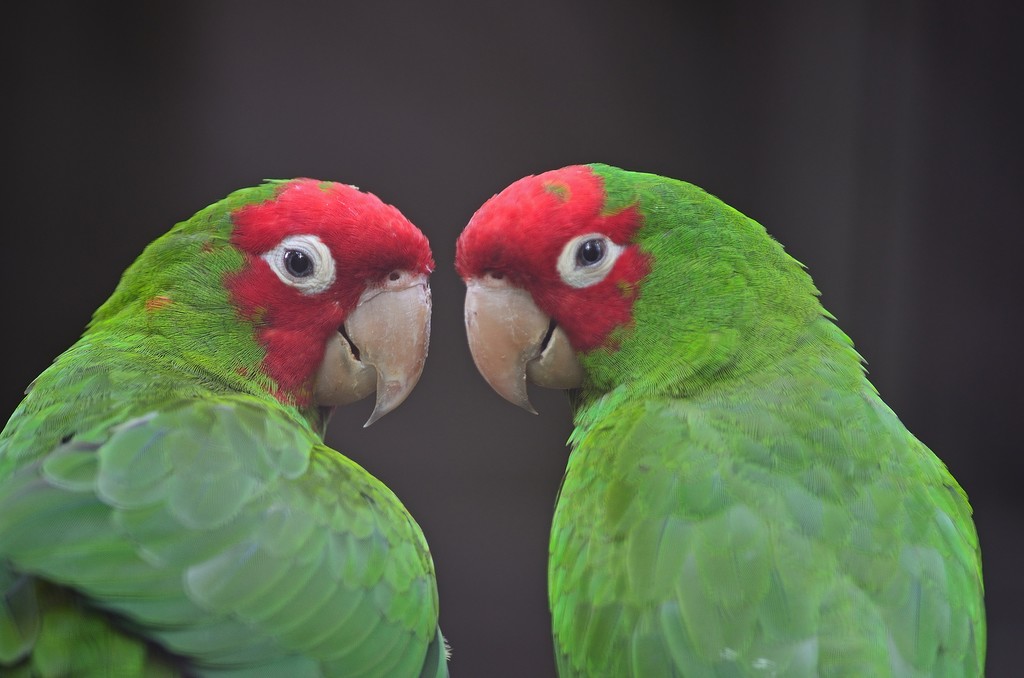
Situated approximately 62 miles (100 km) south of Machala in southwestern Ecuador, the Bosque Petrificado Puyango (Puyango Petrified Forest) stands as the largest of its kind in Ecuador and ranks among the most extensive in the world. Spanning an area of roughly 10 square miles (16 sq km), this captivating reserve is home to an impressive collection of fossilized trees, leaves, and plants, dating back as far as 120 million years. The forest provides a glimpse into a prehistoric world, offering a unique and fascinating experience for nature enthusiasts and history buffs alike. Beyond its paleontological significance, the Puyango Petrified Forest is also a haven for bird-watching, attracting ornithologists and nature lovers with its diverse avian population.
Among the forest’s highlights are the colossal *araucanias* (an evergreen species commonly known as the monkey puzzle tree), the largest of which boasts a diameter of 6.5 feet (2 m) and a length of 49 ft (15 m). These ancient trees stand as silent witnesses to the passage of time, showcasing the resilience and enduring power of nature. Several trails wind through the reserve, allowing visitors to explore its wonders at their own pace. If you possess a command of the Spanish language, it is highly recommended to hire a guide from the visitor center at the entrance. These knowledgeable guides can assist you in discovering a multitude of hard-to-spot fossils, enhancing your understanding of the forest’s geological history. Although the Bosque Petrificado Puyango is renowned for its fossils, it is also teeming with life. The forest is home to over 130 species of birds, including the vibrant red-masked parakeet, as well as mammals such as ocelots, pumas, and armadillos. The forest is a vibrant ecosystem, brimming with biodiversity and offering a unique opportunity to connect with nature and witness the wonders of evolution.
## Visit the “Rome of the Andes”
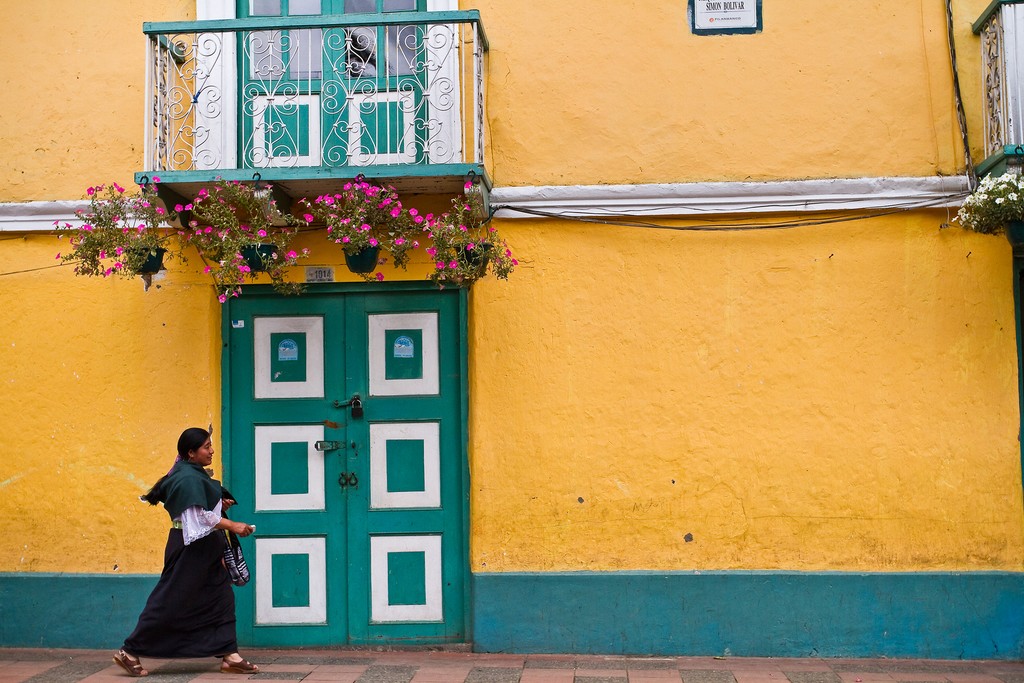
While the comparison to the Italian capital might be a bit of a stretch, primarily based on the shared characteristic of being situated across seven hills, Guaranda is a town that merits a visit. The journey to Guaranda itself is an adventure, involving a steep and winding road from the city of Ambato, arguably one of the country’s most awe-inspiring road trips. Upon arrival, the tranquil town and its smaller neighbor, Salinas de Guaranda, offer a relaxing atmosphere and a welcome escape from the hustle and bustle of larger cities.
Beyond its scenic beauty, Guaranda offers a glimpse into Ecuador’s colonial past. Both towns boast well-preserved colonial architecture, showcasing the region’s rich history and cultural heritage. Furthermore, the area is home to a host of local producers who create delectable chocolate, cheese, and other regional delicacies. Indulge in the local flavors and support the community’s artisanal traditions. Guaranda truly comes alive during its annual carnival celebrations, which take place in February or March. The festivities are fueled by copious amounts of the local firewater, *pájaro azul* (“bluebird”), adding a lively and festive atmosphere to the town. The impressive Chimborazo Volcano provides a breathtaking backdrop, adding to the dramatic landscape and enhancing the overall experience of visiting Guaranda.
## Explore the Atillo and Ozogoche lakes
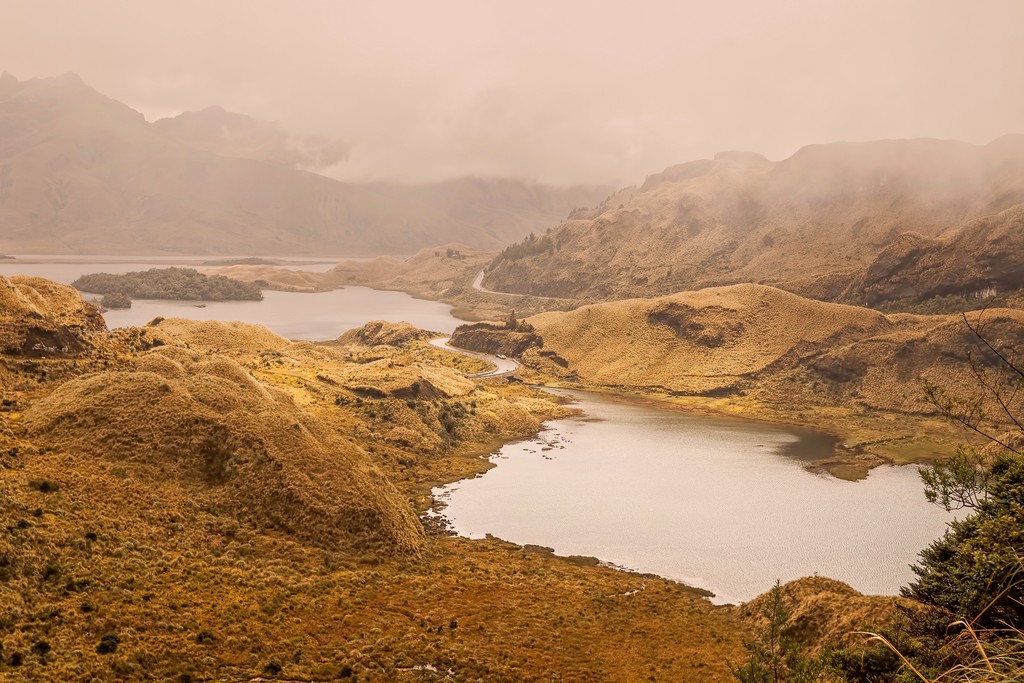
For those seeking a less crowded alternative to the popular Quilotoa Loop, the central *sierras* town of Guamote serves as an excellent starting point for exploring the equally stunning Atillo and Ozogoche lagunas. These captivating lakes offer breathtaking scenery and a unique cultural experience, away from the throngs of tourists. The Atillo lakes are a series of smaller bodies of water, steeped in a grim history. Before the arrival of the Spanish, local indigenous communities were believed to have drowned their criminals in these waters.
Laguna Magdelena stands out as the most visually appealing of the Atillo lakes, thanks to its backdrop of jagged mountain peaks that create a dramatic and picturesque setting. Approximately 3.7 miles (6km) southwest of the Atillo lakes lie the Ozogoche lakes, known for an unusual and still unexplained phenomenon. During the late summer or early fall, thousands of migrating plovers mysteriously “commit suicide” by dramatically diving into the icy waters of the lake. This bizarre event has captivated scientists and locals alike, adding an element of mystery and intrigue to the area. Whether you’re drawn to the stunning scenery, the fascinating cultural history, or the enigmatic wildlife phenomenon, the Atillo and Ozogoche lakes offer an unforgettable experience in the heart of the Ecuadorian Andes.
## Hike through the wild Pasochoa reserve
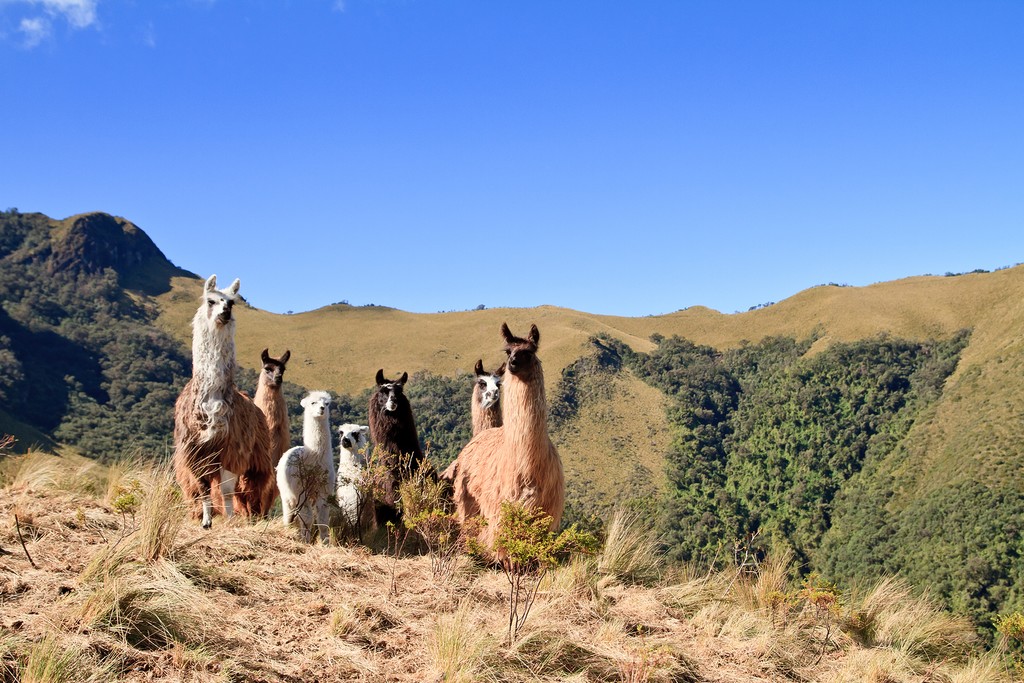
Despite being situated only 19 miles (30km) southeast of downtown Quito, the rugged Refugio de Vida Silvestre Pasochoa (Pasochoa Wildlife Reserve) offers a surprisingly wild and secluded experience. The reserve encompasses a dense forest sprawling across an extinct volcano, whose western side was destroyed in an eruption approximately 100,000 years ago. This unique geological formation has created a diverse ecosystem, teeming with wildlife and offering a tranquil escape from the bustling city. The privately administered reserve is home to over 120 species of birds, attracting birdwatchers and nature enthusiasts from around the world. It also boasts a rich variety of orchids and many Podocarpaceae conifers, which are native to this region, contributing to the reserve’s unique botanical diversity.
The Pasochoa Wildlife Reserve receives relatively few visitors, ensuring a sense of solitude and tranquility while exploring its trails. The trails range from gentle rambles lasting an hour or two to more challenging full-day hikes, catering to a variety of fitness levels and interests. For those seeking a more immersive experience, the reserve offers a basic lodge and campsite, allowing visitors to spend the night and fully appreciate the natural beauty of the area. Explore the diverse landscapes, spot unique wildlife, and immerse yourself in the tranquility of this hidden gem, just a short distance from Quito. Pasochoa is a reminder of the untamed beauty that awaits just beyond the city limits.
## Escape the crowds in Loja
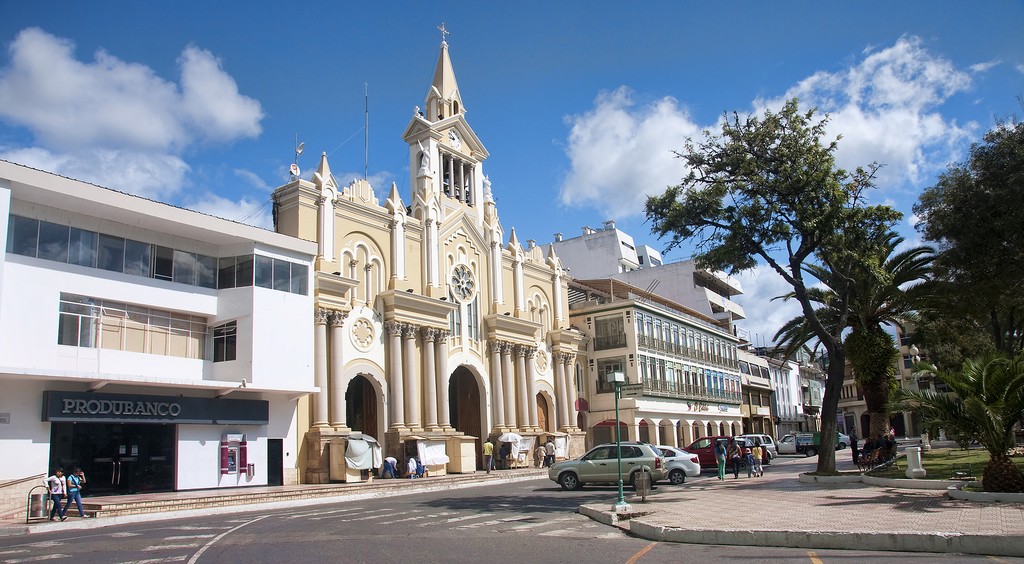
The charming city of Cuenca is rightfully considered one of Ecuador’s foremost attractions, drawing visitors with its colonial architecture and vibrant cultural scene. However, its popularity can sometimes make it feel a bit touristy. For those seeking a similar atmosphere but with fewer fellow travelers, the small and isolated city of Loja in the southern *sierras* offers a compelling alternative. Nestled between the Zamora and Malacatus rivers in a lush valley, Loja boasts handsome colonial architecture, particularly along Lourdes street, located just south of the city center. The city’s palm-filled plazas and tranquil parks and botanical gardens provide a relaxing and inviting atmosphere.
Loja is also conveniently located within striking distance of Parque Nacional Podocarpus, one of the country’s most biodiverse reserves, home to over 500 bird species. This makes Loja an ideal base for exploring the region’s natural beauty and immersing yourself in its rich biodiversity. Explore the city’s historical center, wander through its peaceful parks, and venture into the surrounding natural landscapes to discover the hidden treasures of Loja. This charming city offers a more authentic and less crowded Ecuadorian experience, allowing you to connect with the local culture and appreciate the region’s natural beauty at your own pace.

